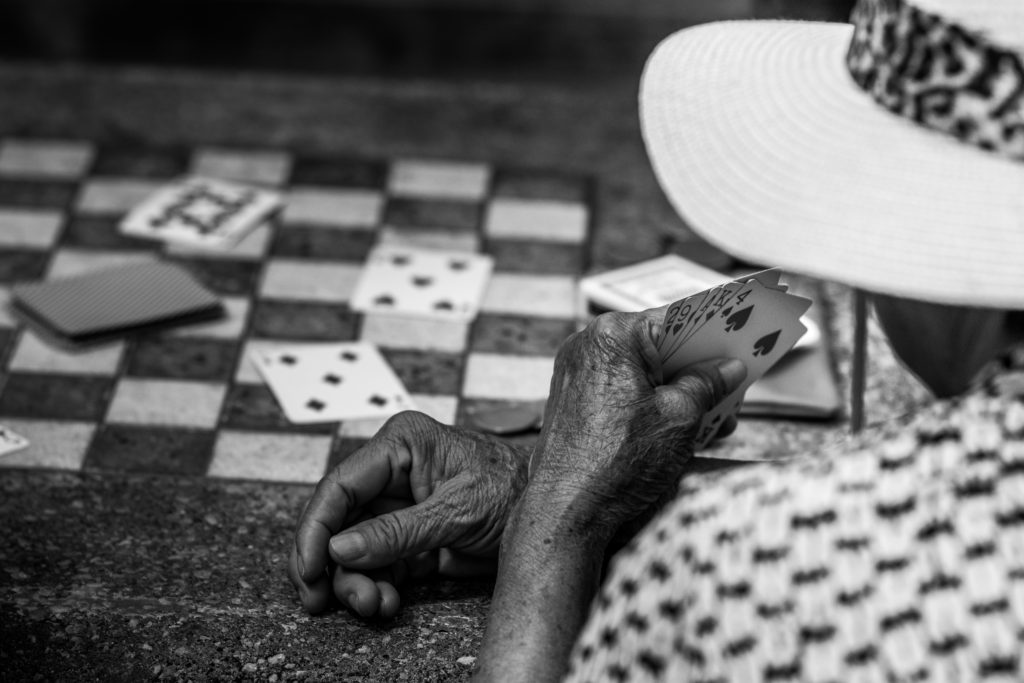
Roughly six weeks into working together your student’s excitement for violin lessons vanish.
Violin is no longer shiny and new.
They understand what the pattern of each lesson and practice is.
The work is becoming challenging.
This is where parents often hit a wall.
The Suzuki Philosophy is built on the belief that children who are motivated by their environment to play violin will love practicing violin. We spend so much time and effort setting up an environment which encourages music making — playing the recording, establishing a practice spot and time, attending concerts, observing other lessons and group classes — that we (parents and teachers) can be flummoxed when a student flat out says no, they don’t want to do something.
When this happens, and it inevitably will, please remember the following.
1) You are not alone. I truly believe every student confronts this motivation issue.
2) This isn’t a bad thing. Your student tapping the brakes is really just indicative of a very healthy transition from ‘excitement’ motivation to intrinsic motivation. This is where they go from wanting to be like others playing violin to seeing themselves as violinists. It is a blessing when this moment comes. The process is working.
3) Don’t make macro decisions during micro frustrations. Playing the violin is not the same thing as practicing the violin. And therefore your student’s desire to play the violin isn’t dependent on their willingness to do a particular chunk of practice. Getting frustrated and stuck in these small moments shouldn’t signal an entire re-evaluation of whether violin is really the right instrument for them. This just means their relationship to practice is changing. Macro decisions are best made during a neutral period. Get past this micro-hurdle first.
The following strategies might help you in the moment…
1) Commiserate, sort of. Make sure the student knows you do many things you don’t want to in the moment. The moment will pass, and the way we feel about it will pass too.
2) Give the student options, but never allow not doing the thing to be an option. For example, ask if the student would like to do bow holds or violin posture first. Never ask if they would like to do bow holds or not.
3) Take liberties to spice things up. Parents and teachers can modify the overarching practice structure or ways specific practice assignments are executed to keep the student interested. For example, the teacher may assign ’10 bow holds.’ The parent can add zest to that assignment without changing it by using what I call ‘element extenders.’ The bow holds may become part of a game like the penny game, or rolling the dice, or putting stickers on a sheet, or drawing a part of a picture which the student takes guesses at. You can also shake up the entire structure by writing all assignments on slips of paper and having the student draw them out of a hat. Write them on index cards and have the student choose the order and put the finished cards in a ‘done’ pile. Try doing the entire lesson without speaking, or time the practice to see how speedy you can both be. As long as the kernels of practice stay the same (the granular details like ‘review all book 1 pieces,’ ”practice preview A”, and ‘down-up-up bow exercise’) it doesn’t matter how you change the structure or extend each element to make it fun.

Leave a Reply